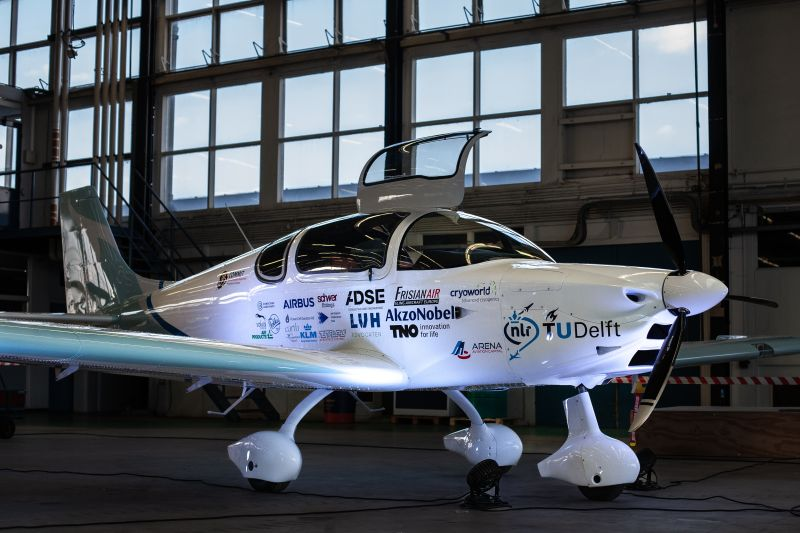
AeroDelft’s Project Phoenix aims to promote the development of a (gaseous then liquid) hydrogen fuel-cell-powered demonstrator, a manned retrofitted Sling 4 aircraft. Started in 2018, this team has enabled hundreds of (primarily) TU Delft students to explore the technical, economic, and social challenges involved with the integration of sustainable aviation technologies in Europe.
I had the opportunity to explore thermal management system design, gaseous hydrogen tank integration, imposing flight planning constraints, and identifying certification guidelines on system reliability that will be applicable to these up-and-coming experimental platforms.
Thanks to the team’s relentless inter-disciplinary work put into developing a test bed, powertrain and wind tunnel tests have been carried out since I joined 2 years ago! Please find my key take-aways from this experience below.
✈️ Fuel cell technologies are proving to be versatile in their mobility solutions except that tailor-made architectures are necessary. Although the significant heat rejection requires new thermal management design considerations, fuel cells are efficient and emit water vapour, especially valuable when compared to hydrogen combustion engines.
💡 Using existing off-the-shelf components both acknowledges the technology readiness level (TRL) of existing hydrogen components whilst highlighting lacking understanding in system-level assemblies, especially in aviation.
🍃 Advancements in hydrogen-fueled aviation technology are only as effective as the construction of infrastructure for clean hydrogen production and storage facilities in airports.
🏛️ International collaboration (notably for globalized certification programmes), support for experimental platforms, and the establishment of new policies (notably for air traffic regulation) are crucial to obtaining the desired impact of these advancements in aviation.
🎈 Job De Vries and I designed a suitable 700 bar fuel feeding architecture to ensure maximum endurance with 2.1 kg of gaseous hydrogen. During our market analysis, it was revealed that rigorously-tested small-scale tanks are currently well-established in South East Asian markets compared to European markets (which focus on large-scale tanks for trucks) which makes them particularly competitive at assisting this mobility transition.
🧊 Although cryogenic hydrogen storage systems are power-hungry, they significantly increase the range and shed the structural mass needed for high-pressure gaseous hydrogen tanks for a given aircraft internal volume!